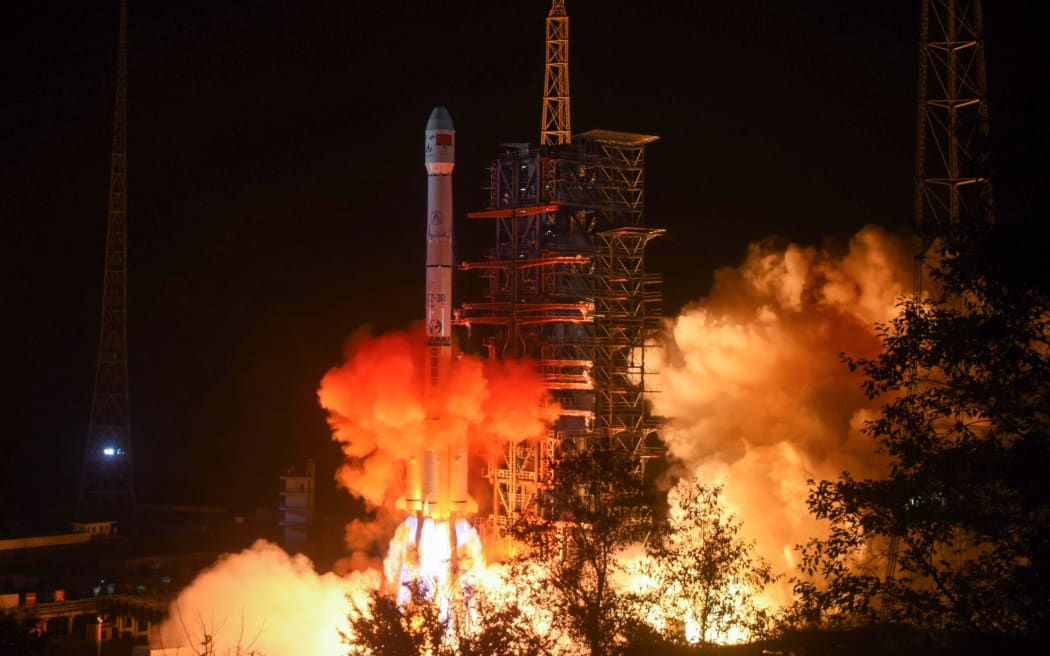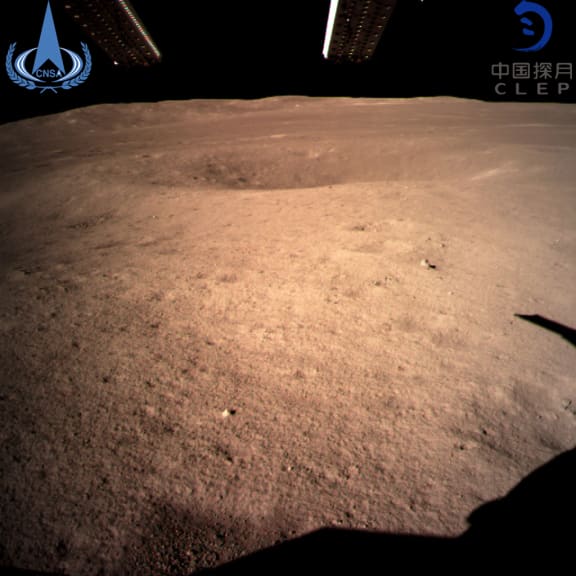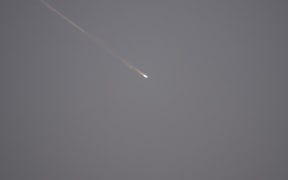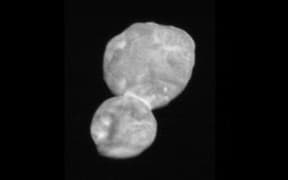China has announced ambitious new plans in space, including building a base on the Moon and sending a probe to Mars.

China's The Long March 3B rocket, transporting the Chang'e-4 lunar rover in December. Photo: AFP or licensors
The Chang'e-5 mission will collect samples from the near side of the moon at the end of the year while another probe will be sent to Mars by 2020, the deputy head of China's space administration, Wu Yanhua, wrote in an official transcript online.
Chang'e 5 will lay the groundwork for further probes to be sent to the moon's south pole and possibly to return samples from the far side of the moon, Wu said.
Testing new technologies like 3D printing or the use of moon soil in construction for future missions could lay the groundwork for building on the moon's surface, he said.
"China, the United States, Russia and European nations among others are all exploring whether or not to build a base or research station on the moon," he said.
The plans have been announced just weeks after the country successfully completed the first touchdown on the far side of the moon.

The image from the China National Space Administration shows the first image of the moon's far side taken by China's Chang'e-4 probe. Photo: AFP
The Chang'e-4 lunar probe landed on 3 January and transmitted the first-ever "close range" image of the "dark" side of the moon.
The moon is tidally locked to Earth, rotating at the same rate as it orbits our planet, so most of the far side - or "dark side" - is never visible to us. Previous spacecraft have seen the far side, but none has landed on it.
China's National Space Administration applauded the event as a first that "lifted the mysterious veil" of the far side of the moon and claimed it as a major achievement for the country's ambitious space programme.
The tasks of the Chang'e-4 include astronomical observation, surveying the moon's terrain and mineral makeup and measuring the neutron radiation and neutral atoms to study the environment of its far side.
China has made space exploration a top priority in recent years, as it races to catch up with Russia and the US and become a major space power by 2030.
Beijing plans to launch construction of its own manned space station next year.
- Reuters






